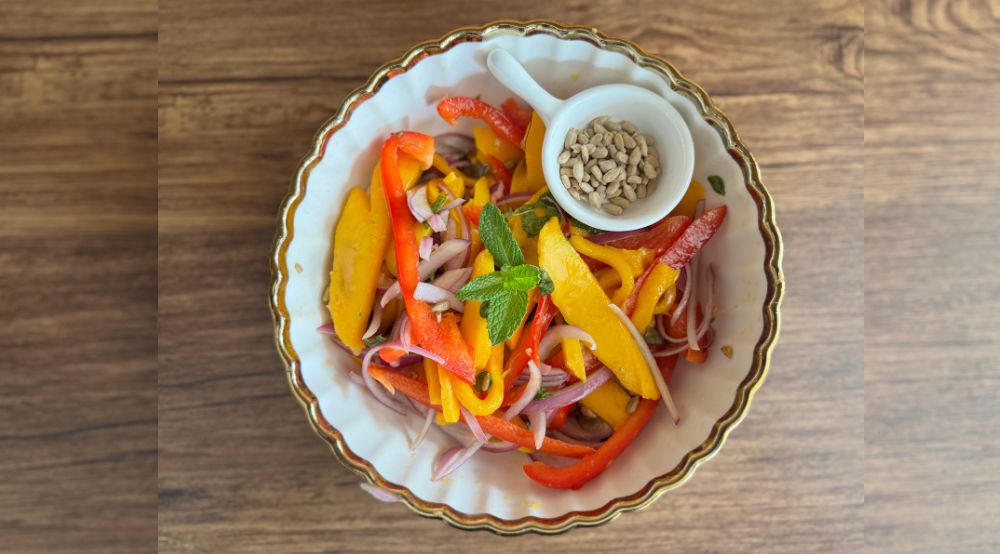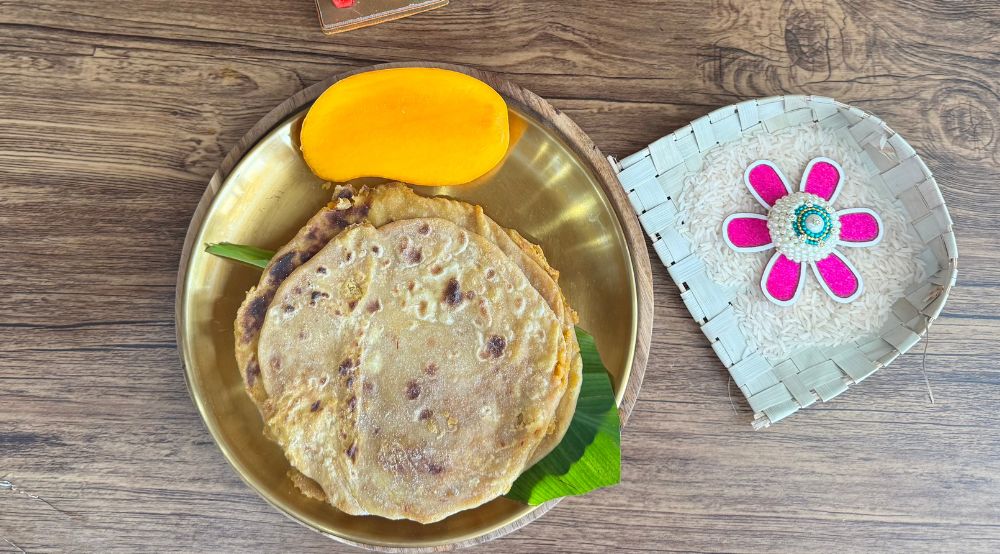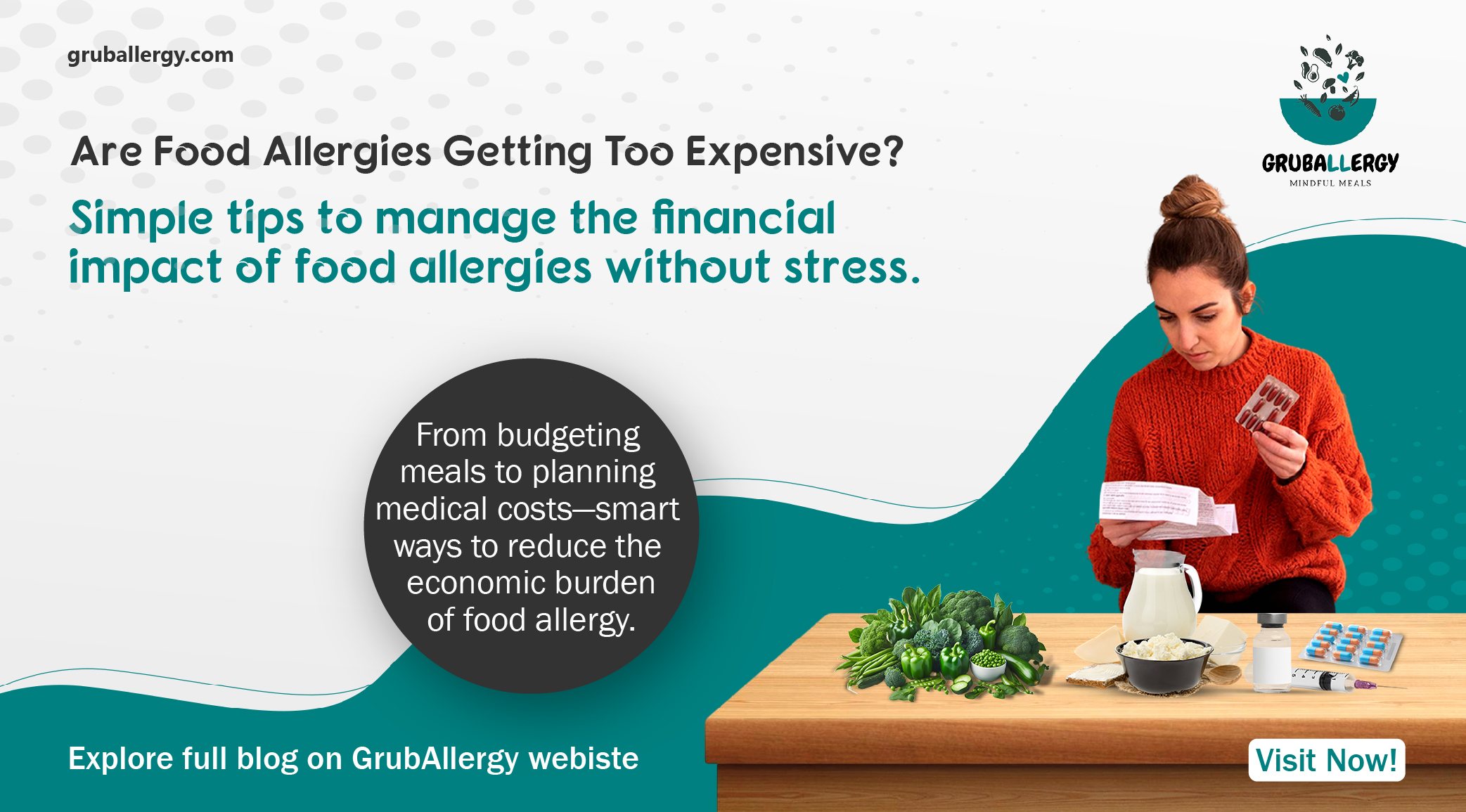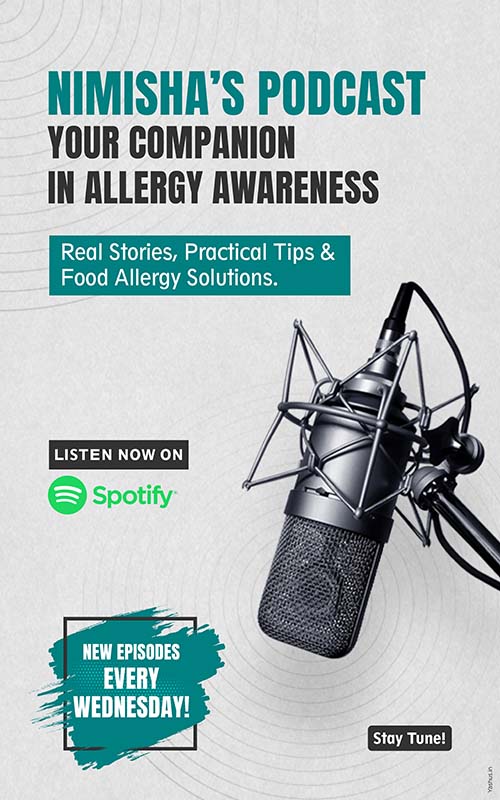Navigating Halloween with Food Allergies: Tips for Finding Nut-Free Treats and Staying Safe
BlogsOctober 15, 2024

Halloween is a time filled with excitement, creativity, and indulgence. From dressing up in costumes to decorating the house and collecting treats, children and adults alike look forward to the spooky fun. However, for families managing Halloween food allergies, the holiday brings its own set of Halloween challenges. Ensuring the safety of children with food allergies while still allowing them to enjoy the festivities requires careful planning, communication, and creativity.
The Rise of Food Allergies
Food allergies affect millions worldwide, with common allergens including peanuts, tree nuts, dairy, eggs, soy, wheat, fish, and shellfish. For children with halloween peanut allergies, Halloween can be particularly stressful, especially during trick-or-treating, where the items they collect may contain allergens or be processed in facilities with potential cross-contamination. This makes it essential for parents to recognize the signs of food allergies and the symptoms of allergic reactions to food to ensure their children’s safety.

Challenges of Halloween with Food Allergies
For children with food allergies, Halloween presents several challenges:
- Unlabeled or unclear ingredients: Many popular treats don’t have clear labelling, making it hard to know if they are safe. This uncertainty can lead to stress for families trying to enjoy the holiday.
-
Cross-contact risk: Even when ingredients seem safe, treats can be processed in facilities that handle allergens, increasing the risk of exposure. Parents of children with shellfish allergies or gluten intolerance must be particularly vigilant.
-
Exclusion from traditional activities: Children may feel left out when they cannot partake in Halloween activities, leading to feelings of isolation. This is especially true for those with a peanut food allergy or other food sensitivities.
Promoting Awareness and Safety for Halloween
To create a safer and more inclusive Halloween for children with food allergies, here are some strategies that can be implemented:

-
Communicate Early and Often
Parents should inform event organizers, teachers, and fellow parents about their child’s allergies. This way, safe snacks or non-food options can be provided at parties and trick-or-treating stops.
-
Choose Allergy-Friendly Treats
Before Halloween, stock up on allergy-friendly Halloween candy. Many brands offer items designed to be free from common allergens, ensuring that every child can indulge without worry. Look for the best allergy-friendly Halloween treats to keep your little ones safe and happy.
-
Teal Pumpkin Project
Participate in the Teal Pumpkin Project, an initiative by FARE (Food Allergy Research & Education). Households display a teal-colored pumpkin to show they are offering teal pumpkin Halloween treats, like toys or stickers, allowing children with allergies to participate fully in trick-or-treating.
-
Encourage Clear Labeling
Families can support efforts for clearer labeling of treat ingredients. Some families prepare lists of Halloween treats for allergies to ensure that their children can enjoy safe options. This is particularly important for those with gluten allergies or other food intolerances.
-
Teach Kids to Advocate for Themselves
Educating children about their allergies empowers them to make safer choices. Teach them to ask about ingredients or politely swap unsafe treats with friends.
-
Set Up a Safe Treat Exchange
After trick-or-treating, have your child sort through their items with an adult, removing any unsafe items. Create a treat exchange where they can swap unsafe items for Halloween treats for peanut allergies, ensuring they still get a variety of treats without risk.
-
Give Out Non-Food Treats
Non-food items like stickers, small toys, or glow sticks are fun for all kids and eliminate the risk of allergen exposure.
-
Be Mindful of Costumes
Ensure that costumes and accessories don’t contain allergenic materials, such as latex or certain fabrics, which could cause reactions.
Encouraging Independence in Older Children
For older children or teens managing food allergies, independence is key. Teach them to read labels carefully and practice asking about ingredients when receiving treats. This builds confidence and helps them manage their allergies responsibly, even while having fun with friends. Understanding the food allergy symptoms they might experience can also empower them to take action when necessary.

Managing Food Allergy Risks While Trick-or-Treating
It’s important to have a plan when trick-or-treating. Here are some steps you can take to manage risks:
-
Carry Allergy Medication
Always have epinephrine auto-injectors and antihistamines on hand, and ensure both children and their caregivers know how to use them.
-
Avoid Homemade Treats
Homemade items from strangers can be unpredictable and risky, so it’s best to stick with pre-packaged treats that have clear labels. Homemade treats may not have clear labeling, increasing the risk of an allergic reaction to food.
-
Choose Safe Routes
If possible, trick-or-treat in neighborhoods known for being food allergy-friendly or that participate in the Teal Pumpkin Project.
Conclusion: Making Halloween Safe and Fun for All

Halloween should be a time of joy for every child, regardless of dietary restrictions. By promoting awareness and implementing inclusive practices, communities can help ensure that children with food allergies can enjoy the spooky season without fear. With thoughtful preparation and education, Halloween can remain a time of fun, creativity, and togetherness.
By embracing these strategies, we can create a festive environment where every child feels included and celebrated during the spooky season, ensuring that Halloween remains a time of excitement and community spirit. Remember, with the right planning and the use of Halloween treats for teal pumpkins, we can make Halloween safe and enjoyable for everyone.
Explore our Allergen-Free Recipe Categories tailored to specific food allergies, ensuring safe and delicious options for every dietary need.
FAQ
-
Common food allergies include peanuts, tree nuts, dairy, eggs, soy, wheat, fish, and shellfish. It's important to check for these allergens in treats.

-
Communicate with parents and event organizers about allergies, choose allergy-friendly treats, and encourage children to ask questions about ingredients.

-
Look for brands that specifically cater to food allergies. Non-food items like stickers or small toys are also great alternatives.

-
The Teal Pumpkin Project is an initiative that encourages households to offer non-food treats to create a more inclusive Halloween for kids with food allergies.

-
Educate your child about their allergies, teach them to read labels, and practice how to ask about ingredients when trick-or-treating.













